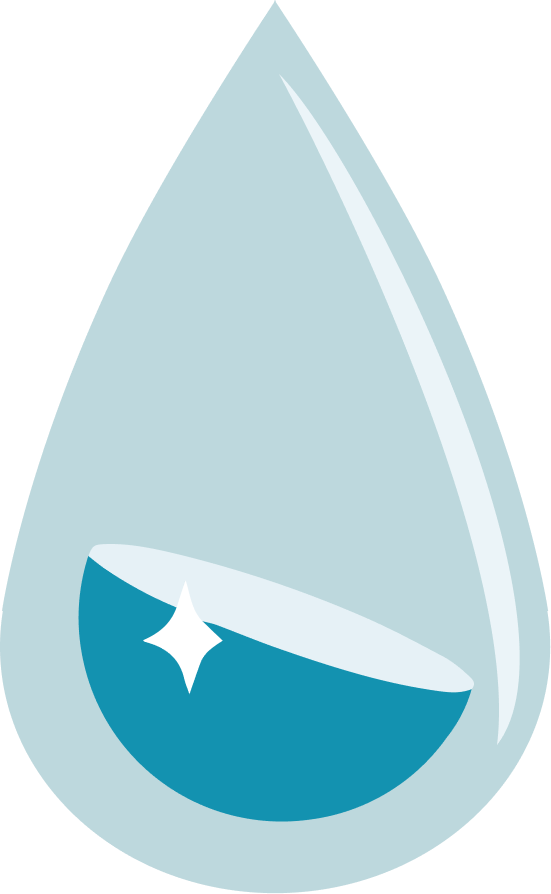
Toris
An exceptional soft contact lens meticulously designed to offer patients with toric refractive errors an exceptional level of astigmatism control. Toris presents a diverse range of three distinct stabilisation systems, each meticulously engineered to ensure precise and reliable correction of astigmatism, resulting in enhanced visual clarity.
About product
Information
Geometries
Astigmatism control is taken to new heights with three cutting-edge stabilisation systems :
This lens is available in multifocal as a Torelis
View more 
Parameters
Materials
Discover a wide range of cutting-edge materials meticulously crafted to provide unparalleled comfort and visual clarity with Torelis. Whether you desire the smoothness of silicone hydrogel or the trusted comfort of hydrogel, our advanced material options offer the perfect balance of comfort, breathability, and durability.
